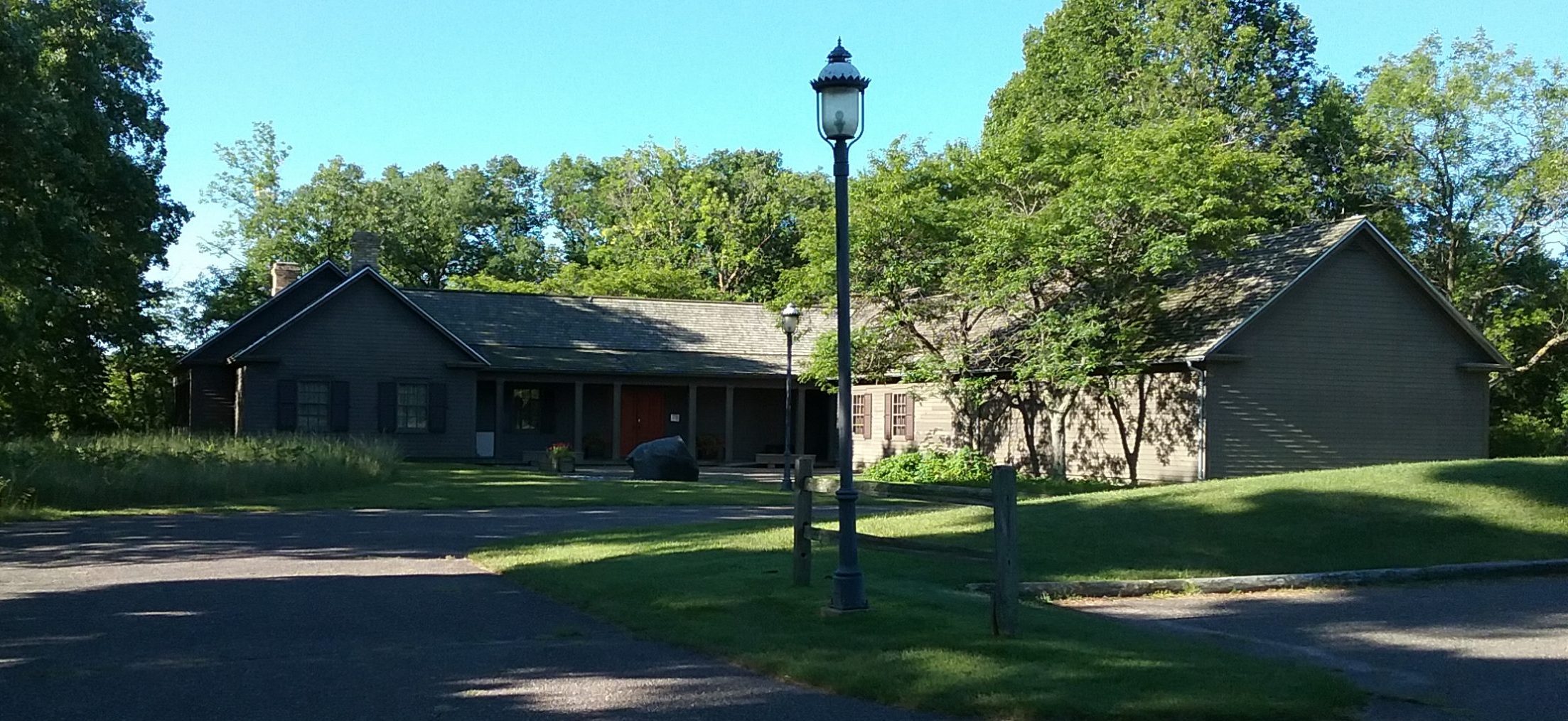“History is boring!” How often have we in the museum field heard that statement? Obviously, those of us working with history on a day-to-day basis don’t share that opinion. So, how can we refute this wide-spread public perception and convince people that history is fascinating?
I have to admit, looking back to my high school days, I, too, found history boring. When trying to analyze why I felt this way, I realized that history was presented as seemingly disconnected and meaningless dates, places, names, and events. There was also an inordinate focus on wars, so that history appeared to jump from one war to the next with nothing happening in between. Further, the scope of history was massive, such that teachers could only cover the surface data of historical events. This minutia without the underlying depth and stories made for some pretty ho-hum learning. As times slithers by and history further accumulates, I imagine that it’s even more difficult for today’s teachers.
It was not until college and my art history courses that history and its timeline clicked for me. What made the difference? The art work, of course. Having a visual reference for various time periods helped to cement historical events in my head. I can’t think of the concept of Manifest Destiny without imagining the giant landscapes painted at the time showing vast unconquered lands in America. The work of artists captures the mood of an era better than dry facts.
Self-interest also played a part in shifting my opinion of history. My major in college was art, so anything art-related holds my attention. Seeing the work of past artists in my college courses gave me inspiration and direction for my own creations. History was no longer unrelated to me.
The key to shifting the public’s notion of history being a major yawn is to directly connect individuals to it in some way. There are several ways to do this, two of which I have already touched upon. Artifacts, which include works of art, tools, books, clothing, photos, letters, machinery, or anything made by humans, are a tangible way to draw people into history. There is nothing like seeing or holding some “old thing” and hearing the story of how it was used or the person who owned it. The artifact is a tangible record of history that causes people to imagine what it was like in an earlier time. Related to artifacts are historical sites. These, too, can bring people back in time, especially if a site contains old structures or ruins.
Getting back to self-interest, an individual’s hobbies or ancestors can draw him or her into history. Realizing that history is no more than human endeavor that has gone before, and that most people, unless they are complete blobs of goo, have some interests, they can be enticed to enjoy the history of their particular passions. For example, motorcycle enthusiasts may study the invention of Harley-Davidson or Yamaha motorcycles or how cycles were used during the World Wars and not even realize that this is history, and it’s pretty interesting.
Genealogy, the study of one’s ancestors, is the ultimate in historical self-interest. The source of one’s DNA is a common way for people to get excited about history. Some genealogists enjoy collecting as many names in their family trees as they can. Others look for the specific stories of ancestors. Genetic diseases, hush-hush adoptions and affairs, the descendency from royal lineage, or the exhausting labor of breaking ground in sparsely populated lands are the jewels of the family crown. They encourage researchers to quest for ever more historical information.
If those ways are ineffective in sparking the public’s interest in history, perhaps they can be hooked through mysteries, the macabre, the unusual, or the famous. Unsolved mysteries as well as sensational murders make even the whiniest history haters turn their heads and perk up their ears. Even better, combine the two and get an unsolved murder. Undoubtedly, someone who never had any inkling to study history will pore over news reports from the case and try to solve it. The unusual, such as the only legal hanging in the county or the worst recorded flood, can also bring people to history. And the famous? Well, let me tell you, Charles Lindbergh, the aviator, had more childhood friends and babysitters than any one child could possibly have had. People who visit the museum and have just a superficial interest in their own family histories will inevitably mention their family’s connection to a famous person, such as Lindbergh.
Once people are drawn deeply enough into historical research, they discover the motivations behind human events. This is where a fascination in history can become permanent. Human motives haven’t changed since the earliest dawning of Homo sapiens. Historical events are based on friendships and adversaries as much now as ever they were. Finding these background motivations is like solving a continual mystery. If we could convince people that the words ‘history’ and ‘mystery’ are synonymous, we would never again hear, “History is boring!”
By Mary Warner
Copyright 2004, Morrison County Historical Society

One Reply to “History Is Boring!”